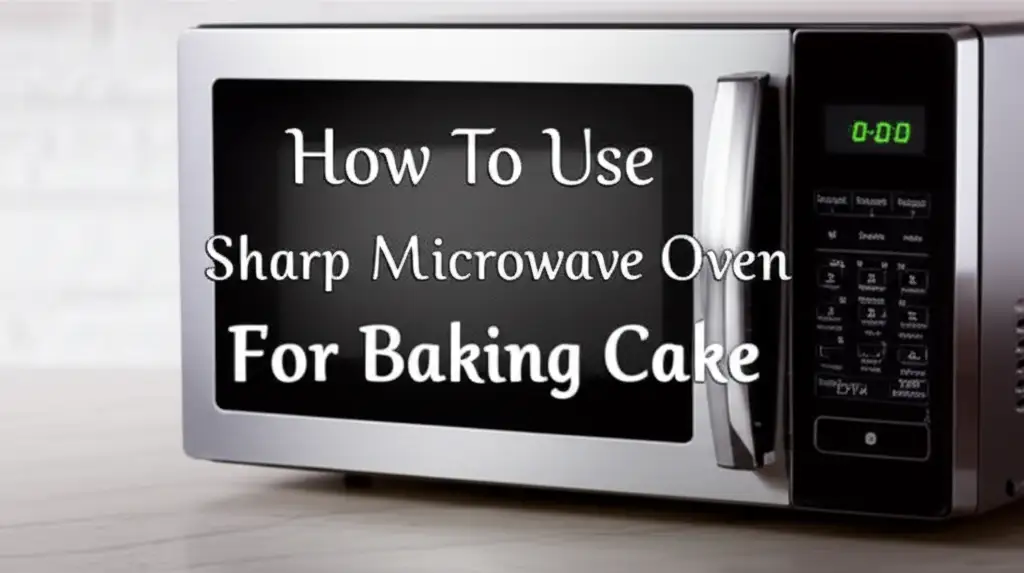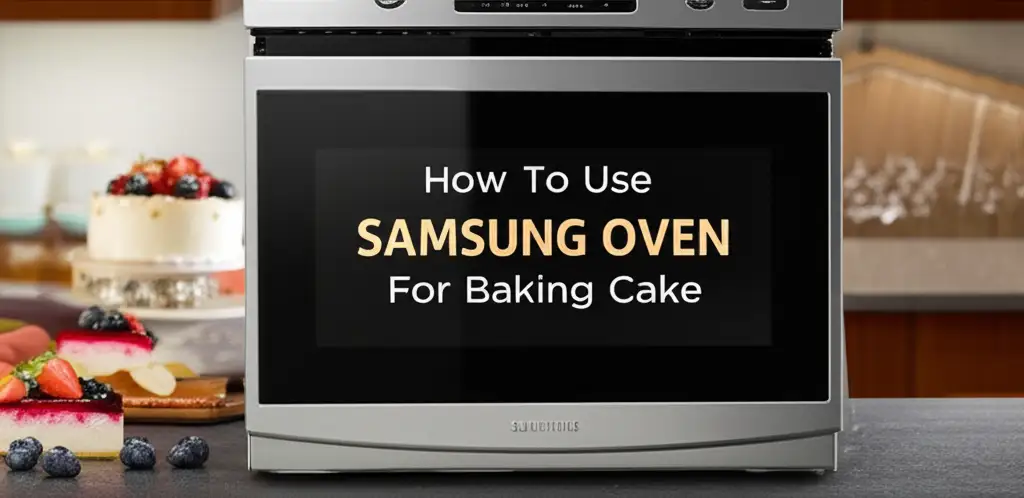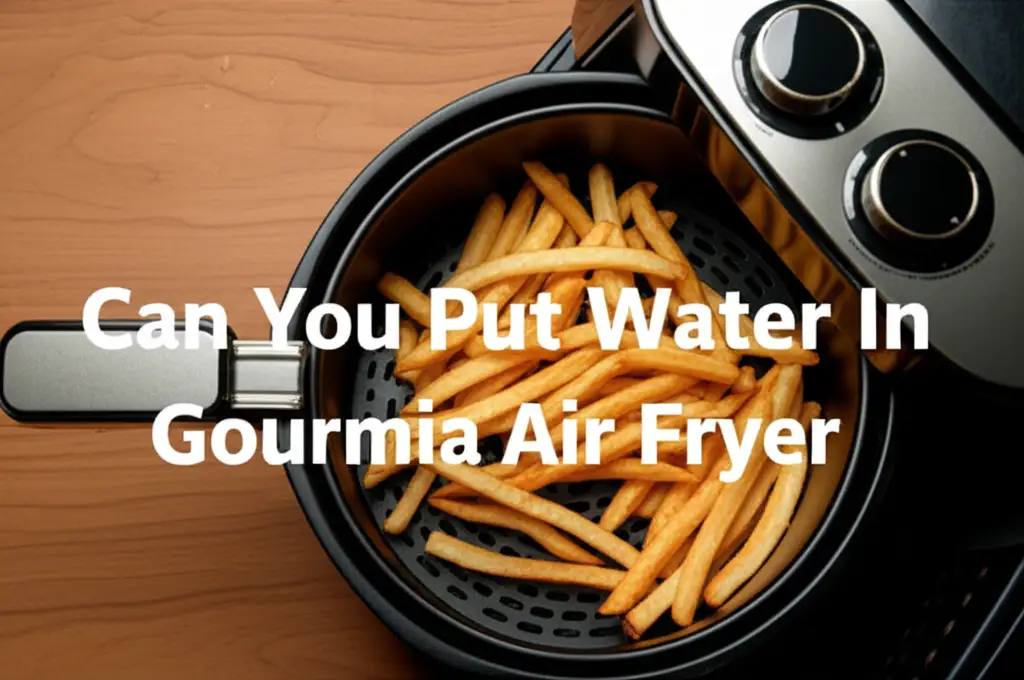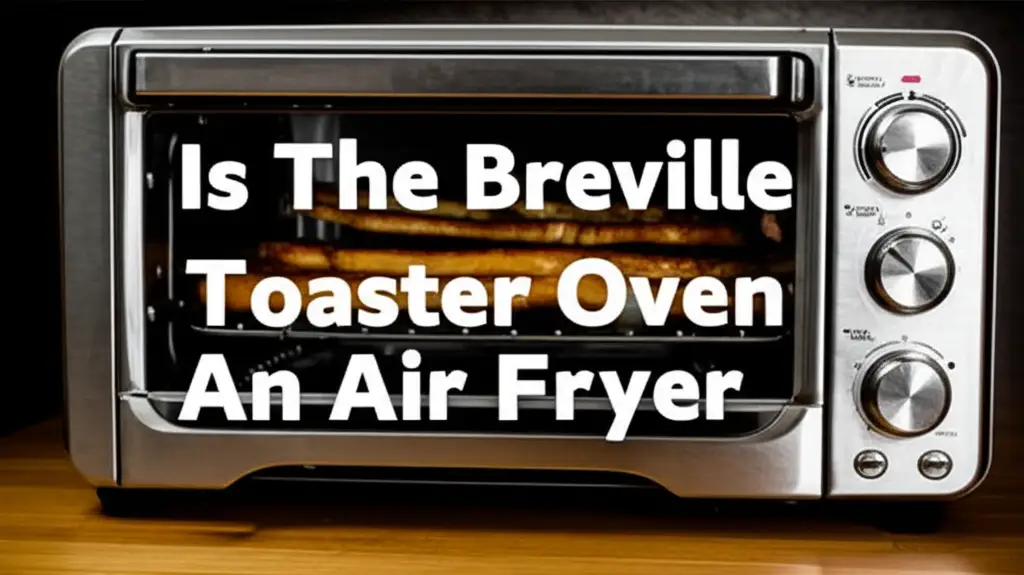· Katria Melrose · Kitchen Appliances · 10 min read
How To Use Sharp Microwave Oven For Baking Cake

Bake Perfect Cakes in Your Sharp Microwave Oven
Do you dream of baking delicious, fluffy cakes right in your kitchen? Many home cooks wonder if their microwave oven can handle baking tasks. Good news: A Sharp microwave oven with convection features is perfect for baking cakes. You can achieve excellent results with the right steps and understanding of your appliance.
This guide will show you how to use your Sharp microwave oven for baking cake. We cover everything from understanding convection settings to selecting proper bakeware. You will learn key preparation steps, baking techniques, and troubleshooting tips. Get ready to bake your favorite cakes with confidence.
Takeaway
- Use your Sharp microwave’s convection mode for baking cakes.
- Preheat the oven fully before inserting your cake batter.
- Choose microwave-safe bakeware like glass or ceramic.
- Adjust baking time based on your cake recipe and oven model.
- Clean your oven regularly for best performance.
Main Query Answer
You can bake cakes in a Sharp microwave oven by using its convection mode. This setting functions like a traditional oven, using a heating element and a fan to circulate hot air evenly. Preheat your oven to the correct temperature, then place your cake inside.
Understanding Sharp Microwave Convection Mode
Many Sharp microwave ovens offer a convection mode. This feature turns your microwave into a true baking oven. It uses a heating element and a fan to circulate hot air throughout the cavity. This hot air distribution cooks food evenly, just like a conventional oven.
Convection baking is essential for cakes, cookies, and other baked goods. Microwave-only mode cooks food using microwaves, which heat water molecules. This process is great for reheating or cooking quick meals. However, it does not brown or crisp food, making it unsuitable for traditional baking. For baking cake in your Sharp microwave, always select the convection mode.
You might wonder how this differs from other microwaves. Samsung and LG microwave ovens also offer convection features. The principle is the same across brands: convection mode ensures even heat. This even heat helps your cake rise properly and develop a golden crust. Remember, your Sharp microwave oven is a versatile tool for baking.
Essential Preparations for Baking Your Cake
Successful baking starts with good preparation. Before you bake a cake in your Sharp microwave oven, gather your ingredients and supplies. Ensure all ingredients are at room temperature unless your recipe says otherwise. Room temperature ingredients combine better, creating a smoother batter.
Next, prepare your bakeware. Choose a cake pan that fits comfortably inside your Sharp microwave. Ensure it is made of microwave-safe material. Glass, ceramic, or silicone pans work best in convection mode. Avoid metal bakeware, as it can cause arcing in microwave mode, even if some convection modes allow it. However, for maximum safety, I always stick to non-metal options.
Preheating your Sharp microwave in convection mode is a critical step. Most recipes specify an oven temperature. Set your microwave to the required temperature and let it preheat completely. Your oven will usually signal when it reaches the set temperature. This preheating ensures the cake starts baking at the correct heat immediately, which helps with proper rising and texture.
Choosing the Right Bakeware for Your Sharp Microwave
Selecting suitable bakeware is very important when baking cake in a Sharp microwave oven. Not all materials are safe for microwave convection baking. Using the wrong type can damage your appliance or lead to poor baking results. You need materials that can withstand high temperatures and distribute heat well.
Glass, ceramic, and silicone are excellent choices for baking cakes in a Sharp microwave. Glass baking dishes heat slowly and evenly, preventing hot spots. Ceramic pans also provide even heating and retain heat well. Silicone bakeware is flexible, non-stick, and oven-safe, making cake removal easy. I personally love silicone pans for their convenience. You can learn more about getting cakes out of their pans without breaking them here: How To Get Cake Out Of Cake Pan Without Breaking.
Avoid metal pans unless your Sharp microwave specifically states they are safe for convection mode. Even then, metal bakeware can sometimes interfere with the convection fan’s airflow, leading to uneven baking. Always check your microwave’s user manual for specific bakeware recommendations. Using the right pan ensures your cake bakes properly and safely.
Step-by-Step Guide to Baking Cake in Sharp Microwave Convection Oven
Baking a cake in your Sharp microwave convection oven is simple once you know the steps. First, prepare your cake batter according to your chosen recipe. Ensure it is smooth and lump-free. Then, grease and flour your chosen cake pan properly. This prevents the cake from sticking.
Next, pour your cake batter into the prepared pan. Do not overfill the pan; leave some space for the cake to rise. Place the pan on the low metal rack provided with your Sharp microwave oven. This rack ensures proper air circulation around the cake. Place the rack on the turntable if your model has one.
Set your Sharp microwave to convection mode. Choose the correct temperature as specified by your recipe. Preheat the oven fully. Once preheated, carefully place the cake pan inside. Set the baking time according to your recipe. Monitor the cake, especially towards the end of the baking time. Baking times can vary slightly between ovens. Some users find that baking eggless cakes in convection microwaves also follows similar steps.
Tips for Achieving Perfect Cake Texture and Doneness
Achieving a perfect cake texture requires a few smart tips. First, do not open the Sharp microwave oven door too often during baking. Opening the door releases heat, which can cause the cake to sink. Resist the urge to peek, especially during the first two-thirds of the baking time.
Second, test your cake for doneness correctly. Insert a clean toothpick or a thin skewer into the center of the cake. If it comes out clean or with a few moist crumbs, your cake is done. If it comes out wet with batter, continue baking for a few more minutes. Over-baking can lead to a dry cake, so be precise.
Allow your cake to cool in the pan on a wire rack for 10-15 minutes after baking. This cooling period helps the cake firm up. Then, carefully invert the cake onto the wire rack to cool completely. Cooling your cake properly prevents it from breaking when you move it. A fully cooled cake also frosts better.
Common Baking Challenges and Troubleshooting
Sometimes, baking can present challenges. If your cake is not rising, check your leavening agents. Make sure your baking powder or baking soda is fresh. Old leavening agents lose their potency. Also, ensure you are using the convection mode correctly. If your Sharp microwave is not working properly, you might need to check for other issues. You can find help for issues like why your Sharp microwave is not working but has power or why it is turning on but not heating.
If your cake browns unevenly, your microwave’s turntable might not be rotating. Ensure it spins freely. Also, check that your bakeware is not too large, blocking airflow. Adjusting the cake pan’s position mid-bake (if safe) can help, but generally, good air circulation is key. If you find one side is always browner, try rotating the cake pan once halfway through the bake.
A dry cake often means it was over-baked. Reduce your baking time slightly next time. A cake that is too moist or gummy might be under-baked. Extend the baking time by a few minutes. Every Sharp microwave oven can vary slightly. So, keep a baking journal to note ideal times for your specific model and recipes. This helps refine your technique over time.
Maintaining Your Sharp Microwave for Optimal Baking
Proper maintenance keeps your Sharp microwave oven performing at its best for baking. After each baking session, allow the oven to cool down. Then, wipe the interior with a damp cloth to remove spills or crumbs. Food particles can burn onto surfaces, affecting future baking and creating odors.
Deep clean your Sharp microwave regularly. Use a mild soap solution or a specialized microwave cleaner. For stubborn stains, a mixture of baking soda and water works wonders. You can learn how to clean ovens with baking soda for similar benefits: How To Clean Oven With Baking Soda. A clean oven reflects heat more efficiently. This ensures consistent baking results.
Also, check the ventilation vents of your Sharp microwave oven. Ensure they are not blocked. Proper airflow is crucial for the convection mode to work effectively. If you encounter performance issues, sometimes a simple reset can resolve them. Information on how to reset a Sharp microwave oven can be useful in such cases. Regular cleaning and attention to simple maintenance prolong the life of your appliance. It also ensures consistent baking quality.
FAQ Section
1. Can all Sharp microwaves bake cakes? Not all Sharp microwaves can bake cakes. Only models with a convection mode are suitable for baking. This mode uses a heating element and fan to circulate hot air, like a traditional oven. Standard microwave-only ovens only heat food using microwaves, which is not suitable for baking.
2. What type of pan should I use for baking cake in a Sharp microwave? You should use microwave-safe bakeware made of glass, ceramic, or silicone. These materials withstand high temperatures and ensure even heating. Avoid metal pans unless your Sharp microwave’s manual specifically states they are safe for convection baking, as metal can cause issues.
3. Do I need to preheat my Sharp microwave for baking? Yes, you must preheat your Sharp microwave oven when using convection mode for baking. Preheating ensures the oven reaches the desired temperature before you put the cake in. This helps the cake rise properly and bake evenly, giving it the correct texture and crust.
4. How do I know when my cake is done baking in the Sharp microwave? Check for doneness by inserting a clean toothpick or thin skewer into the center of the cake. If it comes out clean or with a few moist crumbs attached, the cake is done. If it’s wet with batter, continue baking for a few more minutes, checking periodically.
5. Why is my cake dry after baking in the Sharp microwave? A dry cake usually means it was over-baked. Every oven heats slightly differently, so your Sharp microwave might bake faster than expected. Try reducing the baking time slightly in future attempts. Also, ensure your ingredients are fresh and measured accurately for optimal moisture.
6. Can I use aluminum foil in my Sharp microwave for baking? Generally, avoid using aluminum foil in your Sharp microwave, even in convection mode. While some convection ovens might permit small amounts, it can interfere with microwave functions or airflow. It’s safer to stick to recommended bakeware like glass or ceramic for best results and safety.
Conclusion
Baking cake in your Sharp microwave oven is a rewarding experience. It is possible when your appliance has a convection mode. By understanding your oven’s capabilities and following simple steps, you can achieve impressive results. We covered essential preparations, bakeware selection, and precise baking techniques. You now have the knowledge to troubleshoot common issues.
Remember to always preheat your oven, choose the right bakeware, and monitor your cake’s progress. With a little practice, your Sharp microwave will become a versatile baking companion. Now, you can bake delicious cakes for your family and friends. Start baking today and enjoy the sweet success!





